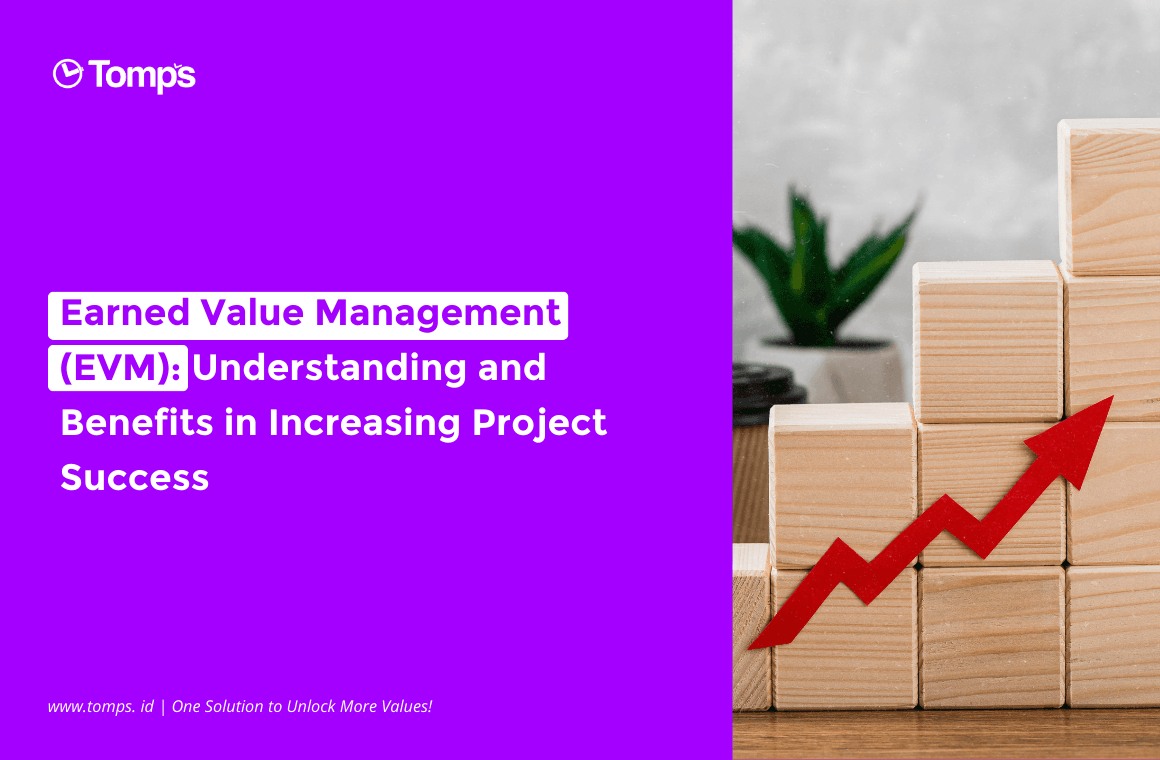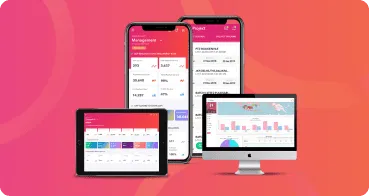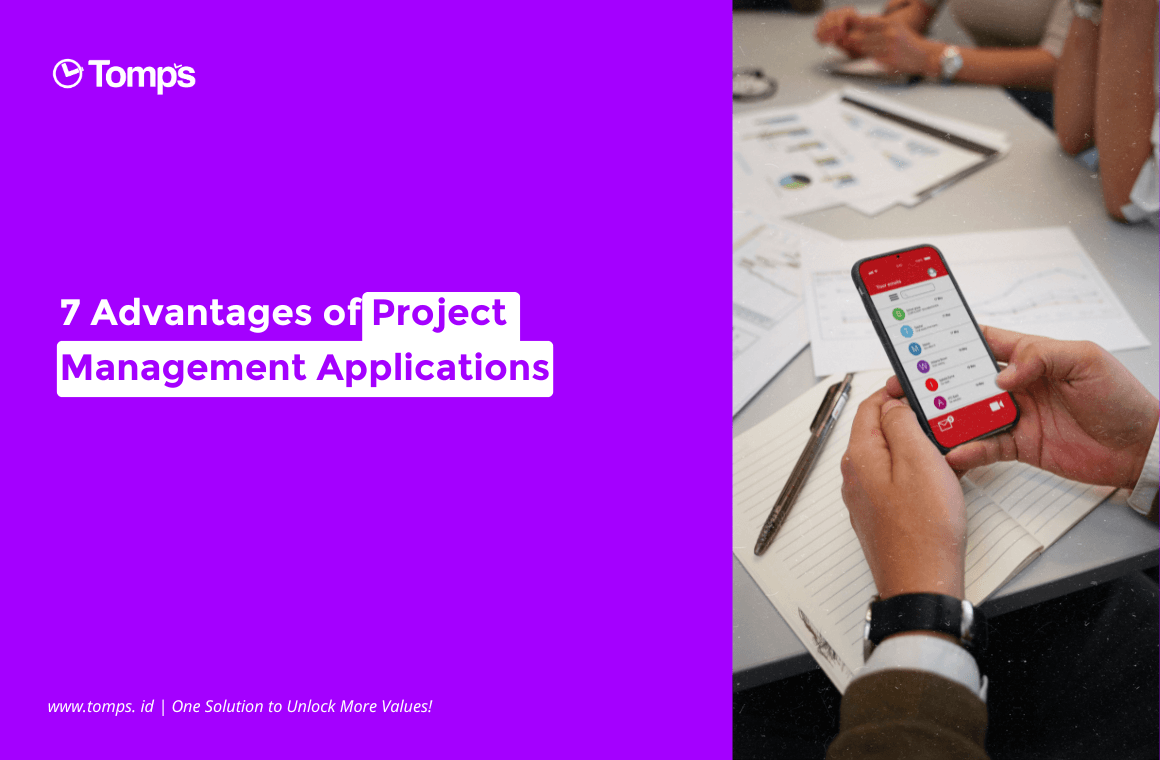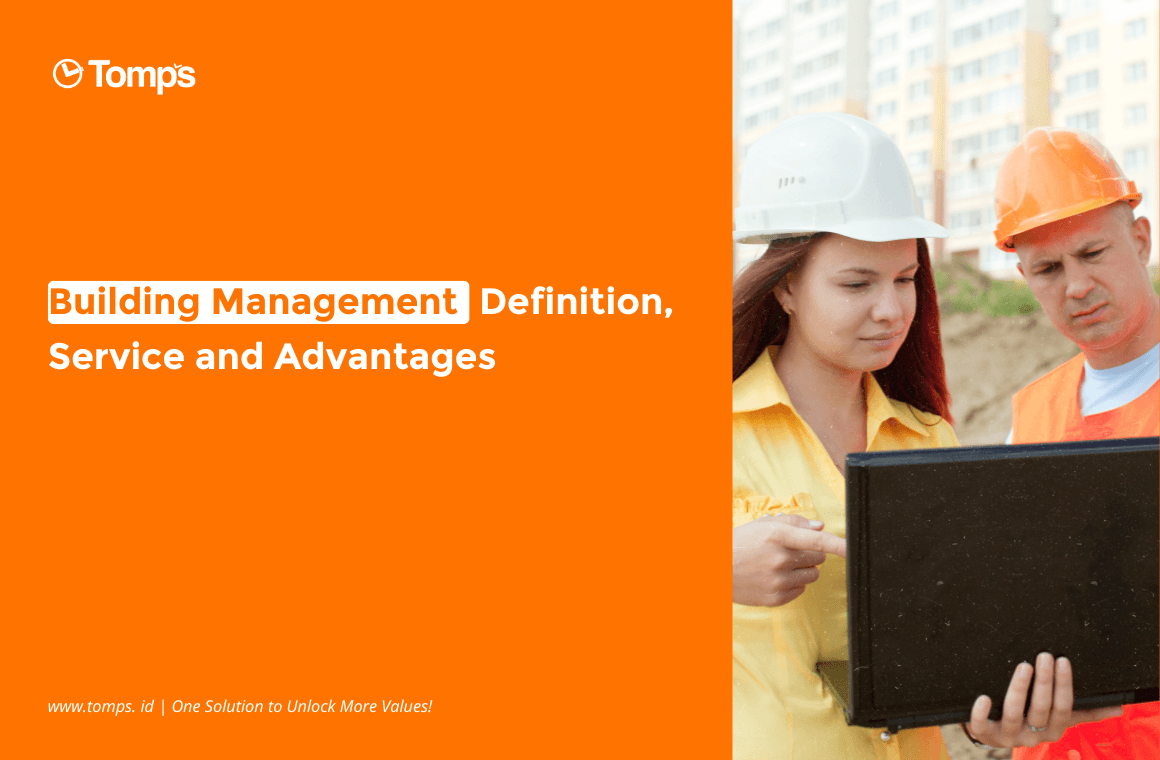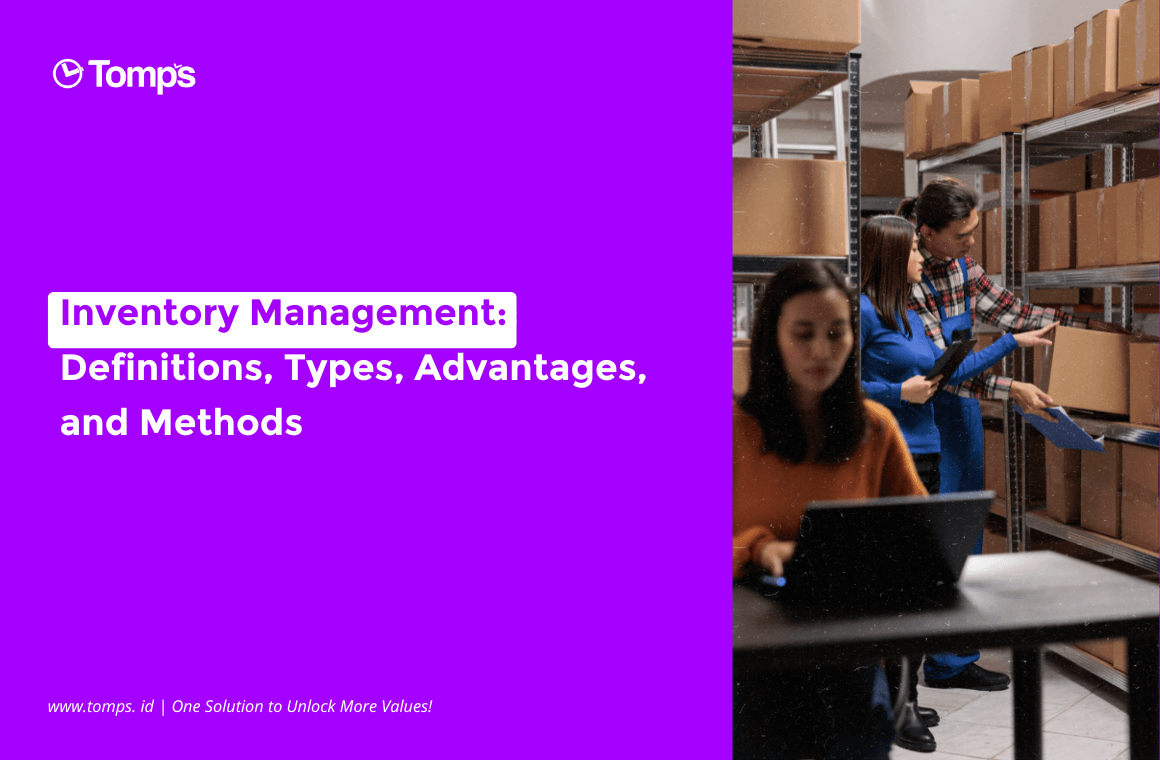In development projects, being familiar with EVM is one way to ensure that the execution meets expectations. The project runs according to the time period and budget. In this article, we will discuss what EVM stands for, its definition, and its benefits.

What is EVM?
EVM stands for Earned Value Management. EVM is a technique for measuring project performance and assessing its progress during project implementation. This system aims to help identify trends, predict problems, consider solutions, and manage work performance more effectively. Basically, EVM measures project performance based on the fundamentals outlined in a project's management plan. By using initial goals as a benchmark, we can measure project progress more accurately and draw conclusions. For example, if a project runs ahead of schedule or exceeds budget, then the conclusion can be drawn about how much the project is worth. From the information and conclusions obtained, we can make better project management decisions. EVM uses the project budget and schedule to measure and optimise project performance. There are two terms in EVM that are important to know, namely:
- EVA, or Earned Value Analysis, determines the likely outcome of a project by comparing the schedule and budget with the planned schedule and costs.
- EVMS, or Earned Value Management System, refers to all the techniques, templates, and processes an organisation has in place to use EVM.
Basic Concepts of EVM
The following are some basic EVM concepts that are important to know:
- Value and Cost Understanding how much a project will cost and how it compares to the project owner's expectations is key to any development project. Most owners want to get results from a low-cost but high-value project, so it's important to know the value of the project over its lifetime. The following are some important values to find when using the EVM technique:
- Actual Cost (AC): a number that shows the total cost of the project to date or the actual cost of work performed throughout the project. We can get AC by adding up all the costs incurred, including labour, supplies, and technology.
- Planned Value (PV) = total project cost x% planned work: this figure reflects the budgeted cost of scheduled work, and we can find it by multiplying the total project cost by the expected progress percentage. For example, if a project is budgeted to cost IDR 500 million, then the plan to complete half the project, according to calculations, is IDR 250 million.
- Earned Value (EV) = total project cost x % actual project: This figure refers to the actual cost of the project, even if there are deviations from the initial plan. For example, the initial plan is a project budget of IDR 100 million to be worked on for 6 months. It turns out that in 3 months only 25% was completed, so the EV of the project was IDR 25 million.
2.Variants Variances in EVM are the possibility of unexpected actions or events occurring that affect project results and calculations. It is better to estimate the extent of possible deviations from the initial plan because it can help the project owner save resources while achieving goals while remaining flexible. After collecting data on the above values and basic costs, we can assess the variance. The following calculations are used:
- Schedule Variability (SV) = EV minus PV: a calculation that shows whether the project is ahead, on track, or behind schedule. Positive numbers indicate good results, while negative numbers indicate the project is late.
- Cost Variance (CV) = EV + AC: This calculation shows how far the project deviates from the initial plan. A positive CV shows that the project is still safely under budget. Meanwhile, a negative CV indicates that the project exceeds budget.
- Estimate at Completion (EAC) is a calculation that helps in determining the estimated cost of completing the remainder of the project based on current performance. Basically, with EAC, you can estimate that if the current method of building continues, you can estimate how much it will cost until the end.
3.Performance Index Another key element that must be determined and included in the calculations is performance analysis. These numbers can help project owners quantitatively measure success. These calculations can also identify the most pressing problems and help fix them so that the initial project goals can be achieved. The following two performance indices can be estimated:
- Schedule performance index (SPI) = EV/PV: this calculation reflects the project performance in terms of time. If the SPI result is high, then it is ahead of schedule, whereas if it is low, then it is behind schedule.
- Cost performance index (CPI) = EV/AC: this calculation shows the project performance in terms of budget. If the CPI is high, it is below budget, while if it is low, it is above budget.
Benefits of EVM in Development Projects
By calculating EVM, the project manager will get several benefits, namely:
- Increase Accountability EVM can increase visibility for all interested parties, allowing teams to communicate their progress and the value of that progress to others.
- Offer objective data. The EVM approach aligns work with costs so that the project owner or manager can measure progress and understand how the project is progressing relative to the budget.
- Helps with Decision Making Comparing project status with baseline data can help project owners identify critical pathways and allow for clear use of data, not just assumptions, in making decisions. That way, the decision results are better.
- supports being more proactive EVM is able to track the progress of project owners and managers in resolving potentially costly issues. Problems that are detected as early as possible will be easier to find solutions for and overcome immediately.
EVM is very focused on cost and schedule, so it is advantageous when combined with other tools and other controlling factors such as quality. That way, the project owner's expectations can be achieved according to the initial plan. That's the importance of EVM in a project for project owners and managers to keep the project running according to the initial plan and budget. If you want to plan your project well and transparently, Tomps by Telkom Indonesia will help with various types of projects, both large and small. Tomps prioritises ease in managing company needs through supervision that can be done online. It comes with various strategic smart features and an easy-to-learn interface, so it can improve company performance. Visit the Tomps website now and get a demo to better understand all the services!


